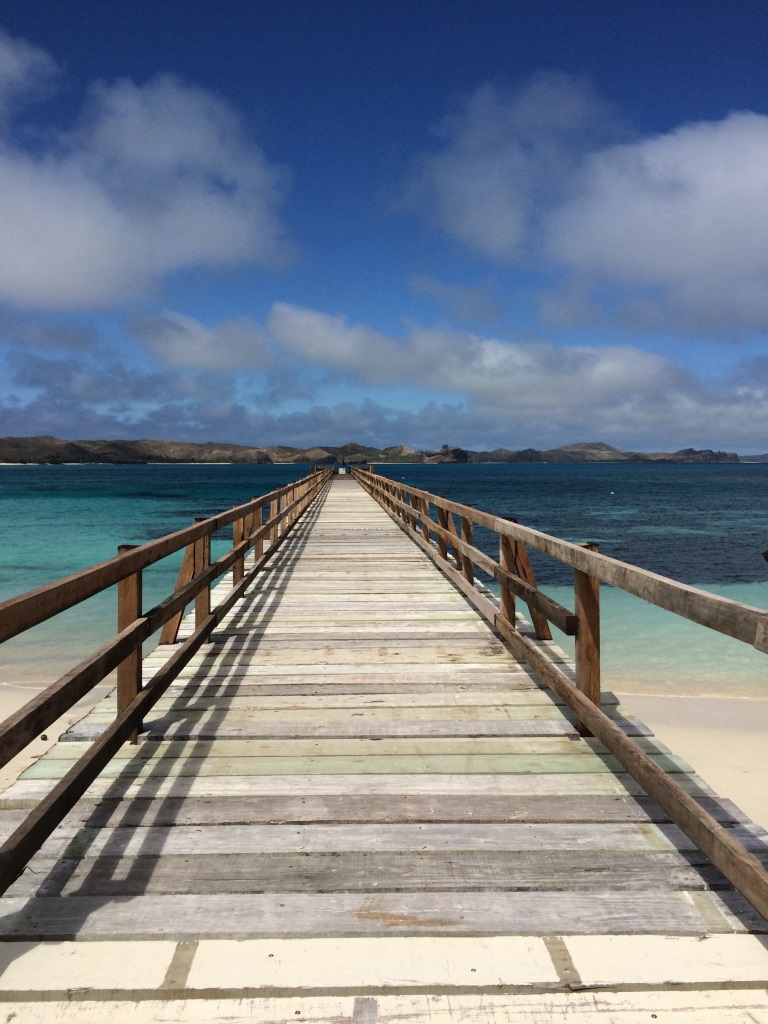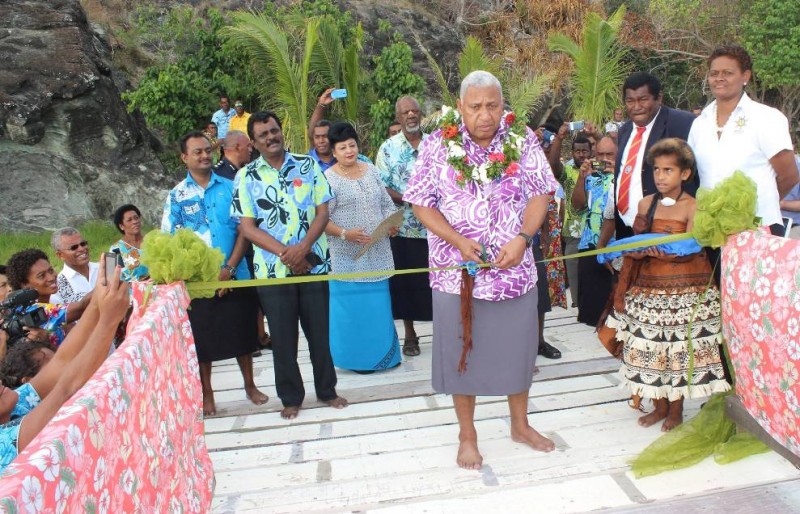 Yasawa I Rara is the sort of place that springs to mind for people when they imagine a visit to Fiji.
Yasawa I Rara is the sort of place that springs to mind for people when they imagine a visit to Fiji.
Its crystal clear blue waters and white sandy beaches are picture-postcard perfect. And the island, part of a chain to the far north of Nadi, is still almost untouched.
However, it has been more than two years since its usual visitors have been able to travel to Yasawa I Rara, after the island’s only jetty was blown away in a 2012 cyclone.
Since then, villagers have missed out on the tourist dollars that are their only source of income. The medical teams aboard the ships also provided vital care, checkups, medication and supplies, as well as books and school equipment.
Yasawa-i-rara villagers were all smiles when Prime Minister of Fiji Voreqe Bainimarama opened a $2.6million jetty this week. The Prime Minister said the opening of the 125m jetty signalled the end of struggles faced by local villagers.
“It has taken some time to provide you with a proper jetty again and I want to thank you for your patience as you made the best of a challenging situation travelling to and from the island,” he said while opening the jetty yesterday.
The money will also help the village to ultimately complete a housing project and repair a church damaged in the 2012 cyclone.
MWH Senior Engineer Brendon Henshaw says the job was not without its challenges, due to its remote location and environmental sensitivities.

PM Banimarama cutting the ribbon. Photo credit: The Jet Newspaper, Fiji 2015
“The local contractor had a number of challenges in getting the right gear on site at the right time; fresh water for concreting, sourcing steel piles and marine grade timber etc, but we got there. It’s
great to be part of a project that gives so much to the village community,” he says.
“This is also such a pristine environment that we worked very hard to make sure there was as little disturbance as possible by rebuilding in the same spot and MWH Graduate Civil Engineer Vivit Deo keeping a close eye on the contractors environmental considerations as they worked.”
One of the upsides of a work trip is getting to sample the local highlights once the day is done.
For Brendon, that meant heading into the water and getting a feel for what his work was protecting.
“The snorkeling is absolutely amazing; Beautiful reefs, large clams in all sorts of colours, including neons. It’s just very pristine, and the island is very laid back. It’s a very special place. There’s not the heavy traffic you get at other tourist places, and there is still that sense of quiet, slumbery village life.”
